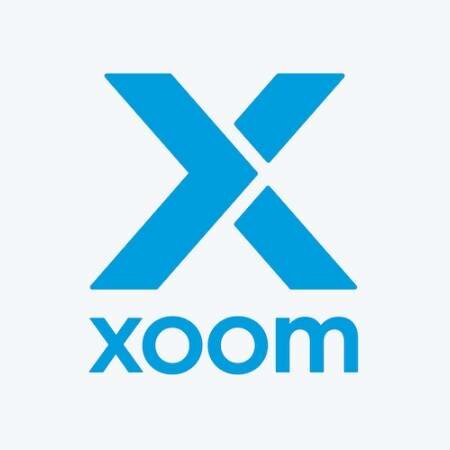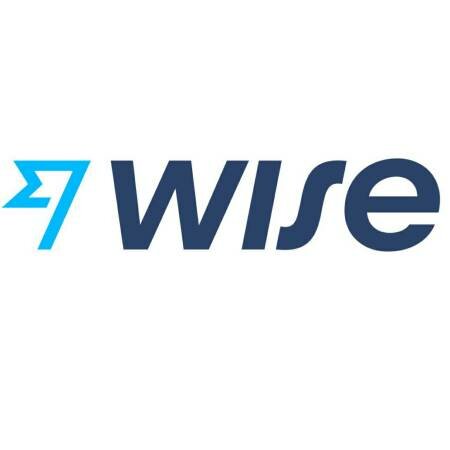Bank and ATM near me
All banks in the world, bank ratings, information about the bank, SWIFT, addresses and phone numbers.
Location of banks on the map online. Search for the nearest bank or ATM near you.
Coins and banknotes of the countries of the world:
Top 10 popular ABA Routing Number:
- 121042882
- 111000025
- 121000358
- 111000614
- 111900659
- 322271627
- 121000248
- 267084131
- 026009593
- 021000021
- See all Swift / BIC codes and Routing Number (ABA)
Services for international money transfers:

MoneyGram Transfer money
International, Inc. is an American cross-border P2P payments and money transfer company based in the United States with headquarters in Dallas, Texas. It has an operations center in St. Louis Park, Minnesota and regional and local offices around the world.
* International money transfers.
Western Union Transfer money
Company is an American multinational financial services company, headquartered in Denver, Colorado. The company ceased its communications operations completely in 2006 and is now the second largest money transfer provider in the world.
* International money transfers.
Xoom Transfer money
Corporation (also known as Xoom, a PayPal Service) is an electronic funds transfer or remittance provider that allows consumers to send money, pay bills and reload mobile phones from the United States and Canada to 131 countries.
* International money transfers.
Wise Transfer money
provides a core money transfer product, along with a borderless account for its audience of ex-pats, freelancers, and travelers, which holds over ?2 billion in current deposits. The company was launched in 2011 with the vision of making international money transfers cheap, fair, and simple. Its multi-currency account helps over 10 millionpeople and businesses manage their money across the world.
* International money transfers.
WorldRemit Transfer money
is a cross-border digital payments service that provides international money transfer and remittance services in more than 130 countries and over 70 currencies. It was founded in 2010 by Ismail Ahmed, Catherine Wines, and Richard Igoe.
* International money transfers.









 USA
USA